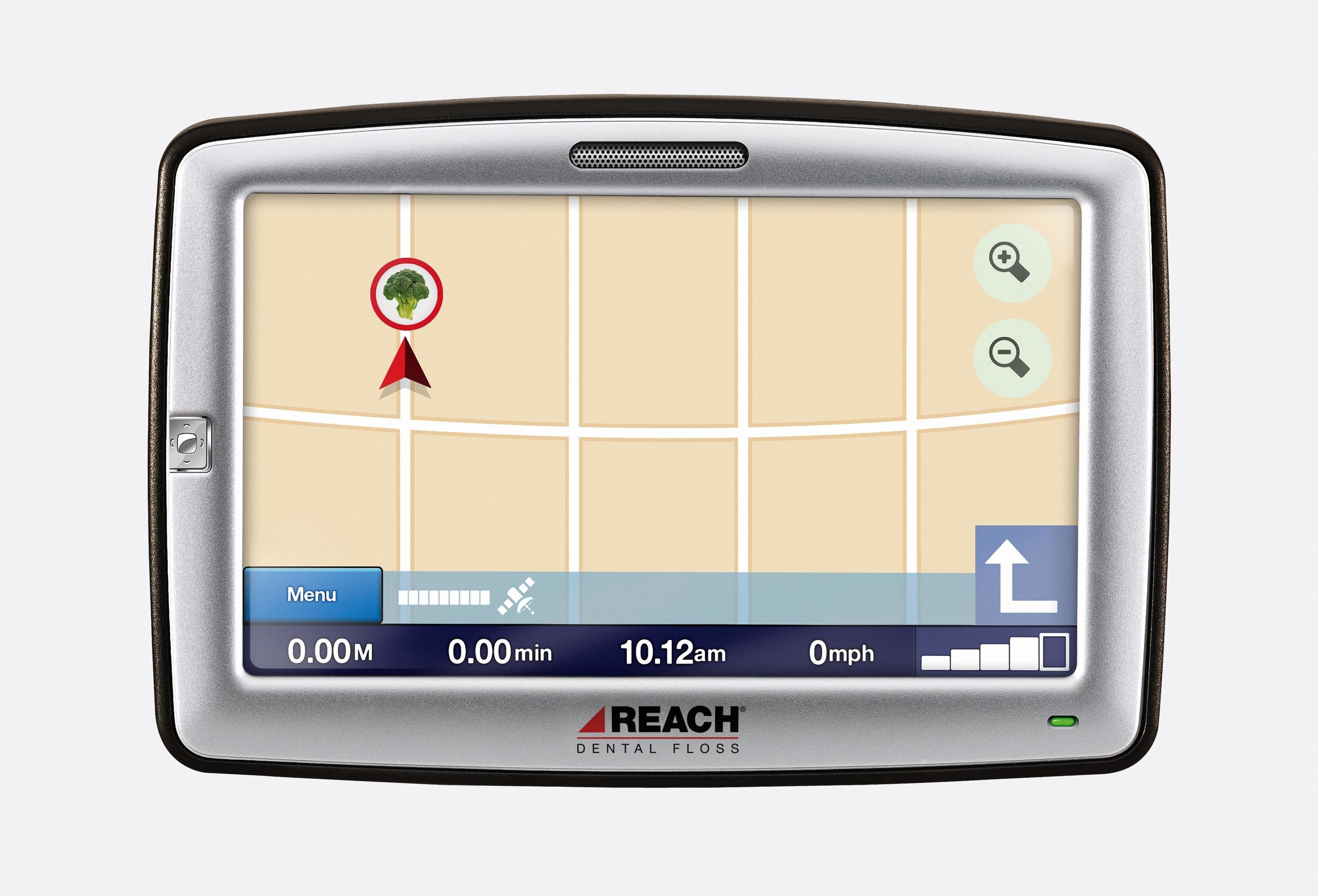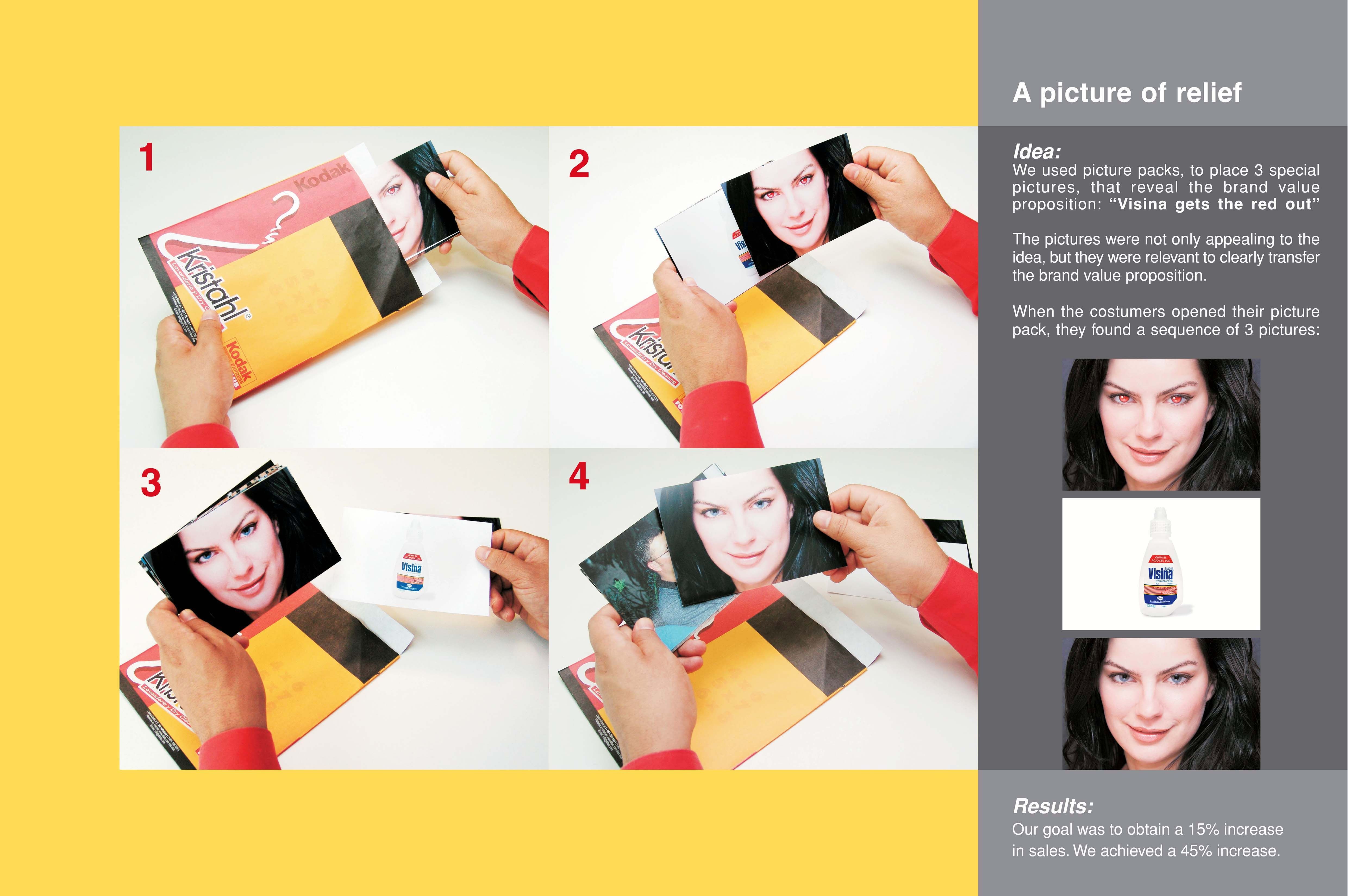Cannes Lions
THE PAIN SOUND LAB
OZMA , Tokyo / PFIZER / 2015
Overview
Entries
Credits
Overview
Description
By bringing doctors and linguists together, "The Pain Sound Lab" was designed to create a new method of communicating to improve nerve pain diagnosis. Nerve pain is an invisible affliction, making it difficult to diagnose. Likewise, many patients suffering from nerve pain do not know how to describe their symptoms. It is important for doctors to ask patients detailed questions about symptoms. However many of them are not fully aware of this problem, leading to incorrect diagnoses.
As a result, patients suffering from nerve pain tend to give up seeing doctors to have appropriate medication prescribed. The strategy was to invite linguists together with medical specialists to find out a new approach as the idea of using "sound of words" in describing pain was discussed.
In Japanese, people tend to express their feelings with non-vocabulary sound(onomatopeia)such as "Waku Waku" for exciting. "The Pain Sound Lab", a collaboration of leading experts among different fields, conducted research on the sound of pain.
After releasing our findings, patients can describe their nerve pain with simple sound "Jin Jin". 2 million patients have been diagnosed properly and had appropriate medication prescribed. "Pain sound" has made patients and doctors communicate better and exchange the right information with each other to improve the process of diagnosis.
Today the method is taught in graduate programs, and is the subject of research by doctors throughout the country. The potential for more advances is tremendous.
Execution
"The Pain Sound Lab" was found as a collaboration led by a PR agency being a communicating professional with doctors and linguists. Its research on the sound of pain involved leading experts among different fields such as the director of Japan Society of Pain Clinicians as a medical specialist (Dr. Ogawa), a linguist and a researcher on simplifying medical expression from National Institute for Japanese Language and Linguistics, (Prof. Takeda and Prof. Tanaka) a renowned professor specializing in mimetic words (Prof. Ono), and a specialist in medical communication (Prof. Sugimoto).
They analyzed 1,390 words of sound and compared them to 8,000 patients in order to select specific "pain sound" which best reflects nerve pain. For instance, "Jin Jin" and "Piri Piri". We released our findings to the public so that anyone could access them.
Outcome
Numerous research laboratories and media outlets responded, and doctors and patients began to use our method in great numbers. Now patients can describe their nerve pain with the simple sound “Jin Jin”. Using “pain sounds”, 80% of patients have felt confident of being able to describe their symptoms to doctors.(Source: Pfizer Survey)
The number of prescribed patients who have been diagnosed properly as suffering from nerve pain, has risen from 260,000 to 2 million.(Source: Pharmaceuticals and Medical Devices Safety Information by MHLW)
Today, “pain sound” is taught in graduate programs, and is the subject of research by doctors throughout the country. The potential for more advances is tremendous.
Similar Campaigns
12 items







